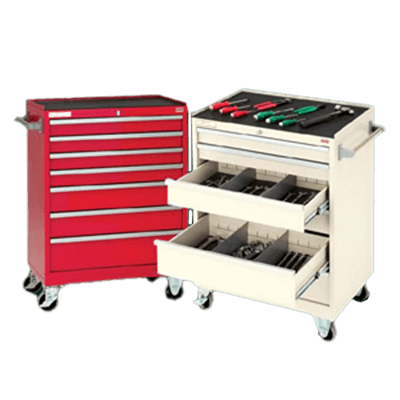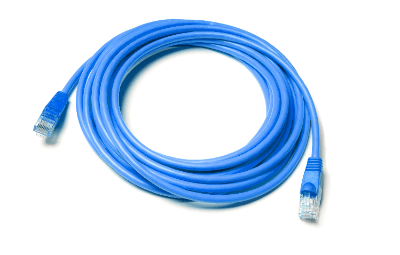What Is a Tool Box?

A tool box is a storage container for organizing, storing, and transporting tools. Available in metal and resin, tool boxes vary by use environment, tool weight, and size. Multi-tiered cabinet-style tool boxes are also popular, though primarily hand-held models are designed for lighter loads, enabling the carriage of numerous small tools.
Uses of Tool Boxes
Tool boxes are versatile, serving various storage needs:
- In automobile repair shops for organizing screwdrivers, wrenches, and sockets
- For carrying tools and parts for electrical product repairs
- For storing home DIY and farm work tools
- For keeping nail tools and jewelry
They are widely utilized by professionals and hobbyists alike.
Features of Tool Boxes
Tool boxes enhance work efficiency through organization. They come equipped with dividers, inner trays, and drawers for quick tool access. Portability is a key feature, with many boxes featuring handles for ease of transport. Customizability allows for personalized organization of tools and parts. Recently, the rise of DIY culture has brought about tool boxes in various colors and designs, expanding their use beyond mere storage.
How to Select Tool Boxes
Consider the following when choosing a tool box:
1. Type
- Case Type: Offers deep storage and comes in various forms like trunk, attaché case, and multi-tiered, each providing different storage capacities.
- Cabinet Type: Features multiple tiers for extensive storage, with adjustable dividers and drawer thickness varying by the number of tiers.
2. Material
- Aluminum: Lightweight, rust-resistant, and stylish, ideal for outdoor work.
- Steel: Durable and heavy, suitable for long-term storage of heavy equipment.
- Plastic: Lightweight and cost-effective, available in various designs for versatile storage needs.
3. Size
Select a tool box based on the tools and parts you plan to store, considering the internal dimensions to ensure it meets your storage needs.


